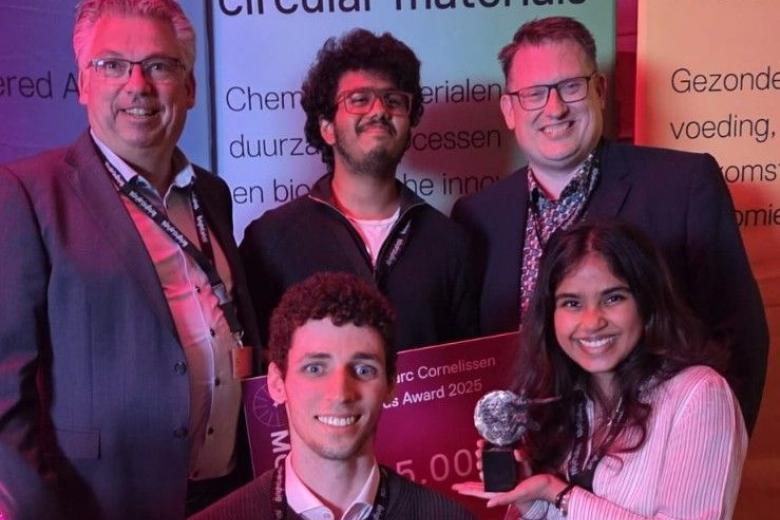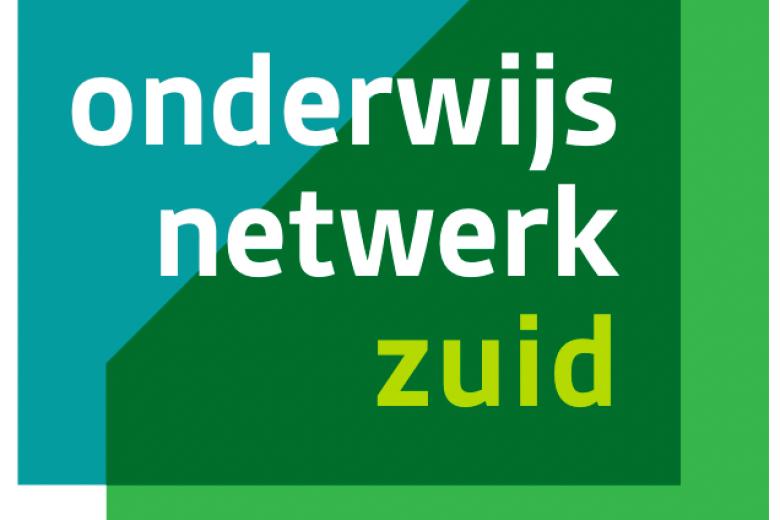Researchers discover potential new therapy
Researchers at Maastricht University published promising new results in Nature Medicine to support the theory that people with type 2 diabetes would experience significant improvements through exposure to cooler temperatures. This was the remarkable result of a trial among eight type 2 diabetes patients who were exposed to temperatures ranging from 14 to 15 degrees Celsius for six hours a day over the course of ten days. The muscles of diabetes patients do not respond as well to the hormone insulin, which can result in high blood sugar levels. This successful study demonstrated that colder temperatures increased the muscles’ sensitivity to insulin by 43%, causing them to absorb more glucose from the blood. ‘An unexpected yet spectacular result,’ according to the researchers, who had expected a much smaller effect. Moreover, the majority of this beneficial effect was not caused by extra brown fat activity, as they had expected, but by the effects on the muscles themselves.
Type 2 diabetes is chronic disease that can cause serious health problems over the years as a result of severe calcification of the arteries. In basic terms, type 2 diabetes develops when the muscles start to respond less to the hormone insulin. As a result, the muscles cannot absorb enough glucose (sugar), which causes blood sugar levels to spike. Many patients receive nutritional advice and medication to regulate blood sugar levels. A good approach to tackle the cause of this disease has yet to be found. In the Netherlands alone, 900,000 people have been diagnosed with type 2 diabetes, which reduces their life expectancy by five to ten years.
The new study provides a proof of concept which demonstrates that a drop in temperature has a beneficial effect on the muscles’ ability to absorb sugar. However, more research is needed to determine the long-term effects of temporary exposure to colder temperatures. Determining the duration of this exposure is also important: ten consecutive days or one day every once in a while?
The researchers also want to conduct additional fundamental research to discover the root cause of the muscles’ ability to absorb sugar more readily. While this may be due to the lower temperatures, this effect could perhaps also be triggered in a different way. This would increase the practical applicability of a new treatment, particularly given that few people want to spend long periods of time in a cold room.
The researchers are convinced that the proof of concept and the resulting insights will lead to new and effective treatments for type 2 diabetes.
Brown fat studies conducted by the same group of researchers in 2009 revealed the presence of this special tissue in people. This brown fat (discovered in mice in the sixties) can be found under the collarbone and consists of fat cells with large quantities of mitochondria that can generate heat when the body starts to cool down. Initially, the Maastricht researchers believed a drop in temperature would increase brown fat activity and cause the body to burn glucose. But this effect was minor and much smaller than the combustion caused by muscles.
The study was carried out by Mark Hanssen and Joris Hoeks under the supervision of professors Patrick Schrauwen and Wouter van Marken Lichtenbelt from the NUTRIM School of Nutrition and Translational Research in Metabolism at Maastricht University.
Also read
-
Roy Broersma (CEI): Guiding Aestuarium from idea to venture
Roy Broersma, director of the Center for Entrepreneurship & Innovation (CEI) at SBE, has been closely involved in guiding Aestuarium from an early student startup to a growing venture. From spotting their potential during the Brightlands Startup Challenge supporting them through CEI.
-
Despite a less tight labour market no end to shortages in healthcare, education, and tech
Interesting new findings in the report 'The Labour Market by Education and Occupation until 2030' from the Research Centre for Education and the Labour Market (ROA) at Maastricht University.
-
A strong education network for Brabant and Limburg: better alignment, less dropout
On November 24, 2025, secondary schools (VO) and higher education institutions (HO) in Brabant and Limburg signed up for the Education Network South Netherlands: one VO-HO network that will improve the flow of students to further education and reduce dropout rates.